Bankers Handbook on Accounting
Contents: Module A: Fundamentals of Accounting .1. Accounting: an introduction (financial accounting/cost accounting/management accounting). 2. Accounting process (manual/computerised). 3. use of journal, types and importance of voucher in computerised accounting of banking transactions. 4. Bank reconciliation statement. 5. Depreciation accounting. 6. Classification of income and expenditure. 7. Banking operations and accounting functions. Module B: Financial Statements of Banks. 8. An introduction to financial statements of bank. 9. Advances. 10. Asset classification, income recognition and provisioning. 11. Cash, balances with RBI and other banks, and money at call and short notice. 12. Fixed assets and other assets. 13. Borrowing and deposits. 14. Capital, reserves and surplus. 15. Other liabilities and provisions. 16. Contingent liabilities and bills for collection. 17. Investments. 18. Profit and loss account. 19. Disclosure requirements in financial statements. 20. Consolidation of financial statements. 21. Consolidation of branch accounts. 22. Inter office transactions. Module C: Preparation of Financial Statements of Banks and Taxation. 23. Preparation of final accounts of banks. 24. Preparation of cash flow and fund flow statements. 25. Management information system (MIS) and financial reporting. 26. Accounting in computerised environment. 27. Introduction to direct tax and indirect tax. 28. Preparing and filing of returns under direct and indirect tax. 29. Tax provisions relating to income tax and GST. 30. Deferred tax and tax planning. Module D: Accounting Standards (Ind-AS). 31. Scope, statutory provisions and compliances. 32. Applicability of Ind AS to banks FIS & Corporates. 33. Definitions. 34. Scope of consolidated financial statements (CFS). 35. Consolidation procedures and accounting for investment in subsidiaries. 36. Standalone financial statements. 37. Jointly controlled entities and associates in separate financial statements. 38. Disclosures, technical issues and challenges.
Get it now and save 10%
BECOME A MEMBER

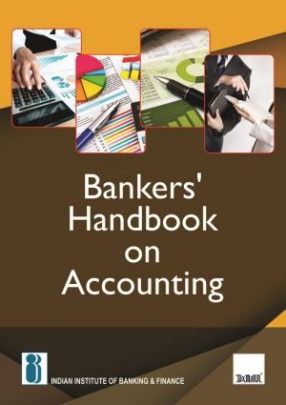
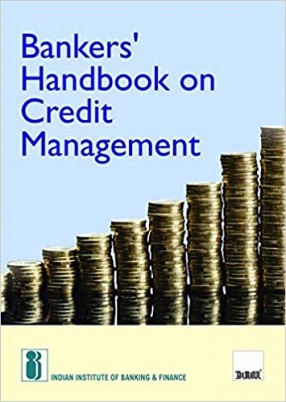
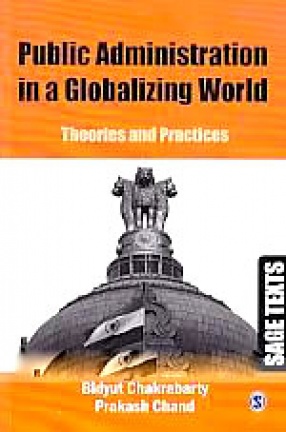
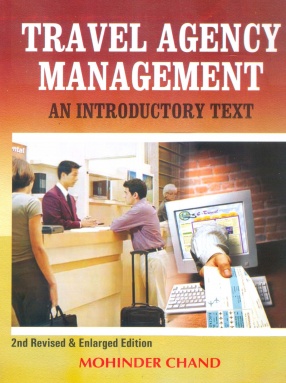

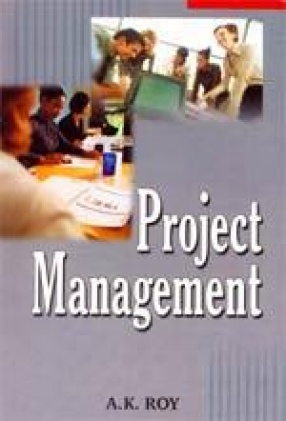

Bibliographic information